The Balancing Act of Cost Control: Beyond Expense Tracking to True Value
In the fast-paced business landscape, keeping costs in line is crucial for growth and making a profit. Tracking expenses is a basic skill that helps businesses handle their money efficiently. But there's more to it than just cutting corners – it's about finding a balance between saving money and getting real value in your purchases.
Why Cost Control is Important
Cost control is all about managing and watching over expenses to make sure they align with the financial goals of a business. Doing it right helps businesses use their resources better and stay resilient in the competitive space. It involves being proactive – finding places where money might be wasted, making things simpler, and making informed decisions that get the most value out of every dollar spent.
The ABCs of Tracking Expenses
At the heart of cost control is the meticulous tracking of all expenses. It's paying attention to every financial move, categorizing what's being spent where, and analyzing the patterns over time. By keeping detailed records of spending, gain valuable insights into their financial health, enabling them to make data-driven decisions.
Expense tracking isn't just about knowing where the money goes – it's about seeing how resources are used. It helps businesses figure out where they can spend less or use their resources better. This detailed understanding is key to making plans that fix specific problems within business operations.
The Pitfall of Blindly Pursuing Cheapness
While cost control is about saving money, it's crucial to recognize that choosing the cheapest option isn't always the best financial decision. Going for the lowest price can sometimes lead to compromised quality, increased operational risks, or even long-term financial implications.
Imagine a business choosing the cheapest company for a big project. Sounds like a money-saving move, right? But hold on – if that cheap option lacks the skills, delivers poor results, or encounters delays, the initial cost savings might disappear with the extra costs associated with poor quality or project problems.
The True Value Perspective
A better way to look at cost control is with a "true value" mindset. This means thinking about more than just the upfront cost but also considering the long-term benefits, quality, and overall impact of a decision. Businesses need to weigh the value of a product or service, taking into account factors such as reliability, durability, and the potential for future savings.
Investing in higher-quality products or services might initially come with a higher price tag, but better performance and longevity can result in spending less over time. Businesses have to find a balance between the initial cost and the long-term value they get from their investments.
the Star Player is cost control
In the pursuit of financial efficiency, cost control is the MVP for organizational success. While tracking expenses is the base of cost control, it's crucial to break free from the idea that "cheaper is better." An understanding of true value is key, emphasizing how important quality, reliability, and long-term benefits are. By keeping a balanced view on cost control, businesses can not only optimize their financial resources but also foster sustainable growth and resilience in an ever-evolving business landscape.

